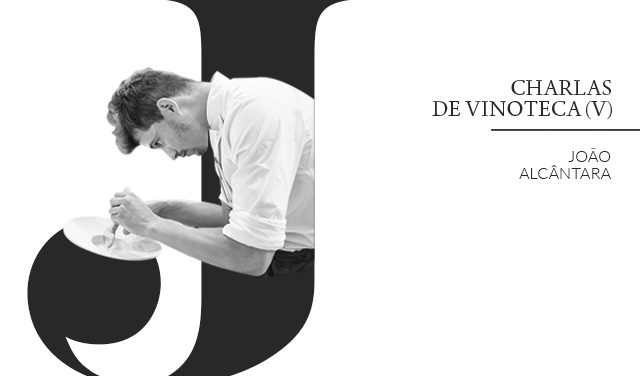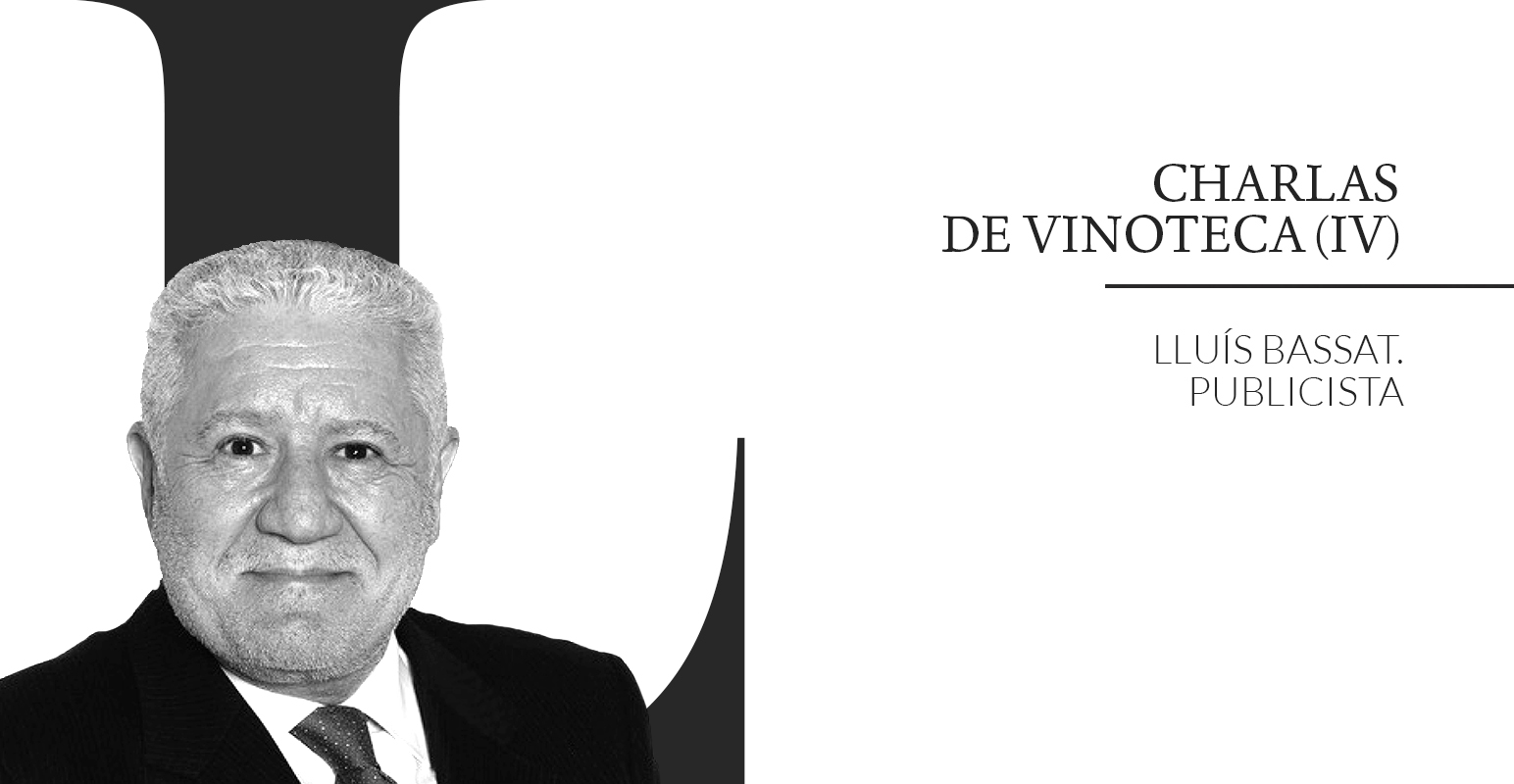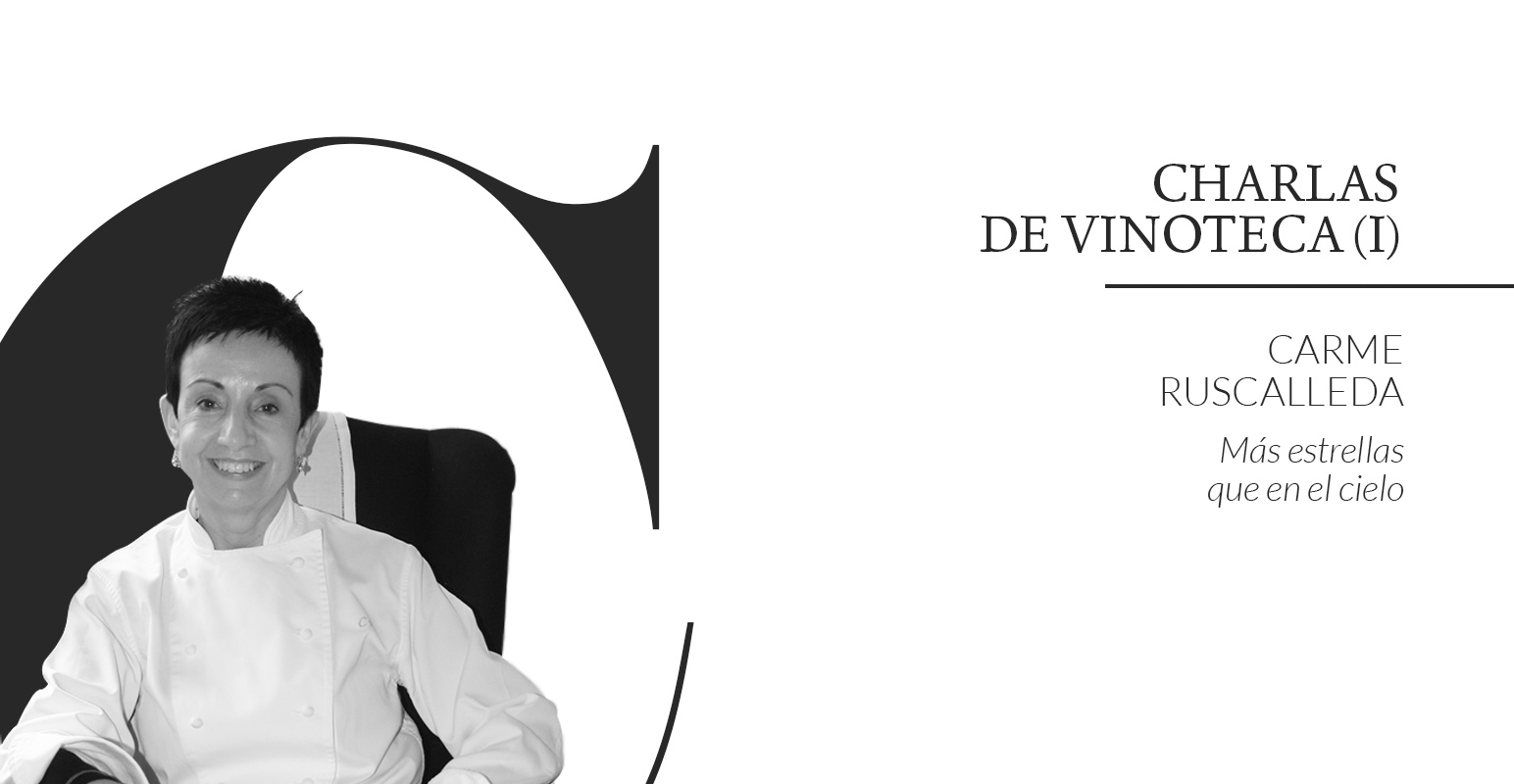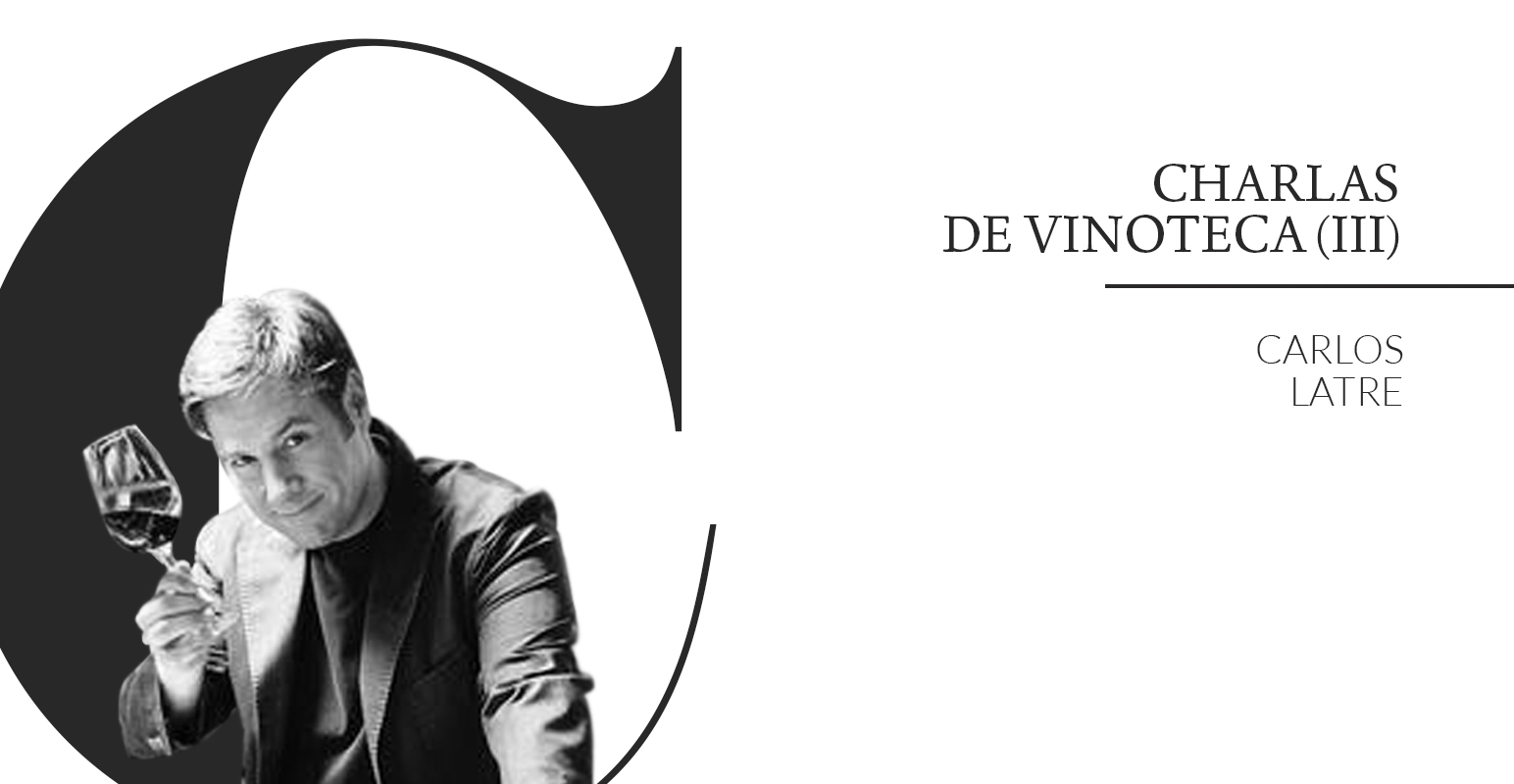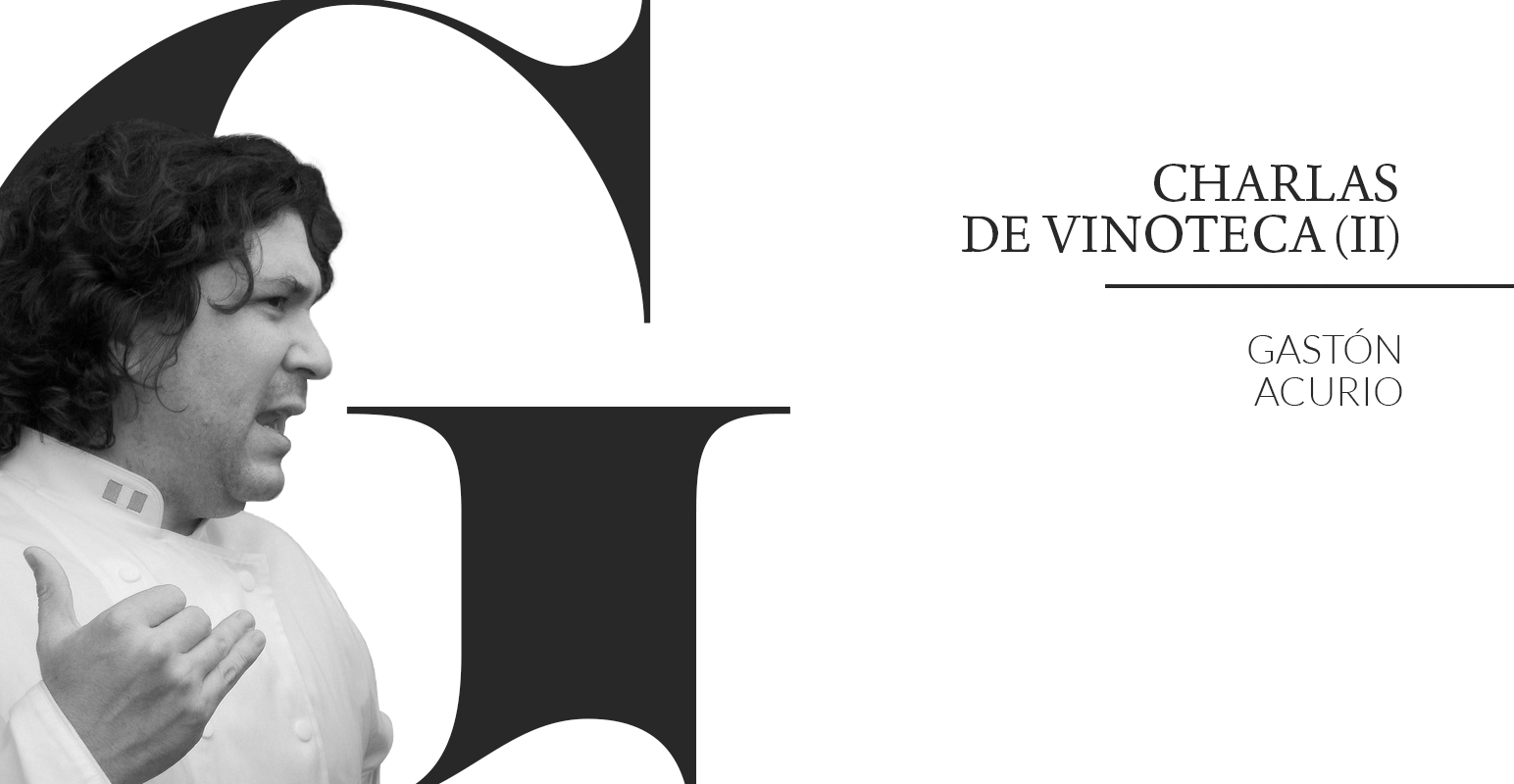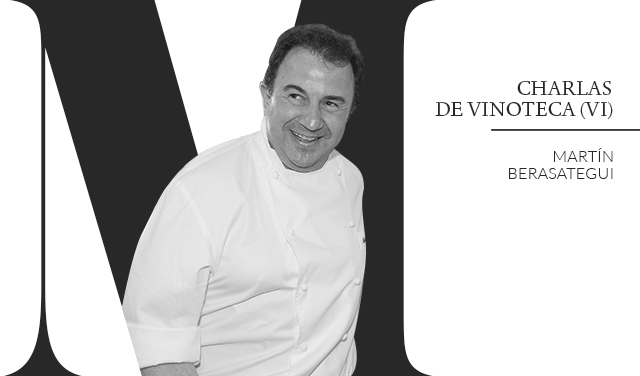Wine Shop Talk (VII): Joan Roca
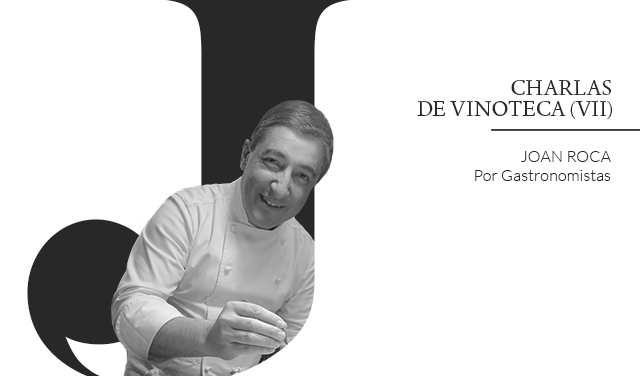
Joan Roca is one of the three Roca brothers who run El Celler de Can Roca, a three-Michelin-star restaurant named the best in the world by the British magazineRestaurant.
Part of its well-deserved fame is owed to how exquisitely they work with wine, as well as to the accomplished pairings with the dishes they conjure in the kitchen of their Girona-based restaurant.
These are the chef's reflections on wine, a world he knows well and admires greatly.
“Wine is very important, especially for us. Our restaurant is probably one of the most wine-focused in the world. This is not only due to the work Pitu (his brother Josep, the sommelier) does, which is important and makes you drink wine in a different way, but also because it is key to the food itself. It is difficult to understand the food without the wine, especially if you're going to enjoy a complete gastronomic experience. At El Celler, for example, our tasting menu features 14 glasses of wine, served in small quantities.
Generally speaking, I would say that I like all wines, especially those from L'Empordà, whose quality is consistently on the rise. But if I had to choose one and only one, my pick would be a Burgundy Chablis, made from Chardonnay and briefly aged. It is an enological gem.
As you can see, I'm partial to white wines. Don't get me wrong. I also like reds, as long as they're good and made by highly skilled people who love what they do, who are passionate about their work and really care for the vineyard and the land. I'm not all that keen on mass-produced wines, which often lack soul and personality. My latest discovery was a 200-year-old sherry that Pitu took to San Sebastian Gastronomika for 1200 people to taste. Not much is left of this incredibly special wine.
For us, wine is a source of inspiration. It provides clues for creating new dishes. The creative push is undeniable, because the aromas of a wine occasionally guide us in making a new dish. I remember building an entire dish around a wine, the Chablis that I mentioned earlier. It comes from a part of Burgundy with calcareous soils that contain oyster fossils, because it used to be under the sea. For this particular wine, we made oysters à la Chablis, surrounding the oyster with all of the wine's aromatic components: the tartness of green Granny Smith apples; raw julienned champignons to recall the wine's mushroom notes, reminiscent of truffles, earthy. We added liquid pralines filled with acacia-honey eaux-de-vie, shaped like white pebbles to symbolize the area's white limestone. We also added champignon air, concentrated oyster sauce and, as a finishing touch, a warm fennelvelouté. The sensation of eating this dish, paired with a glass of the aforementioned Chablis, was magical.”

